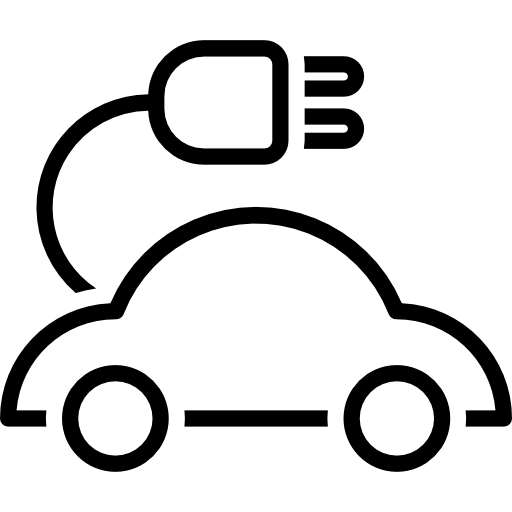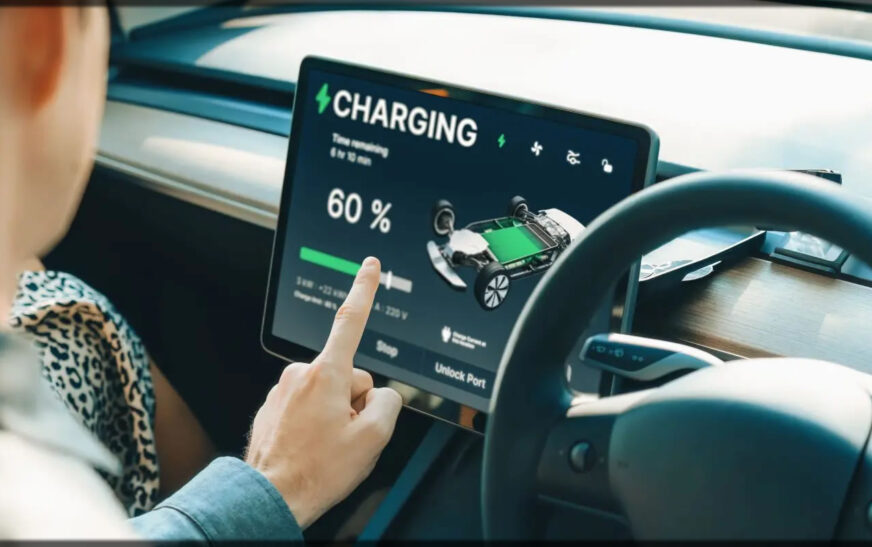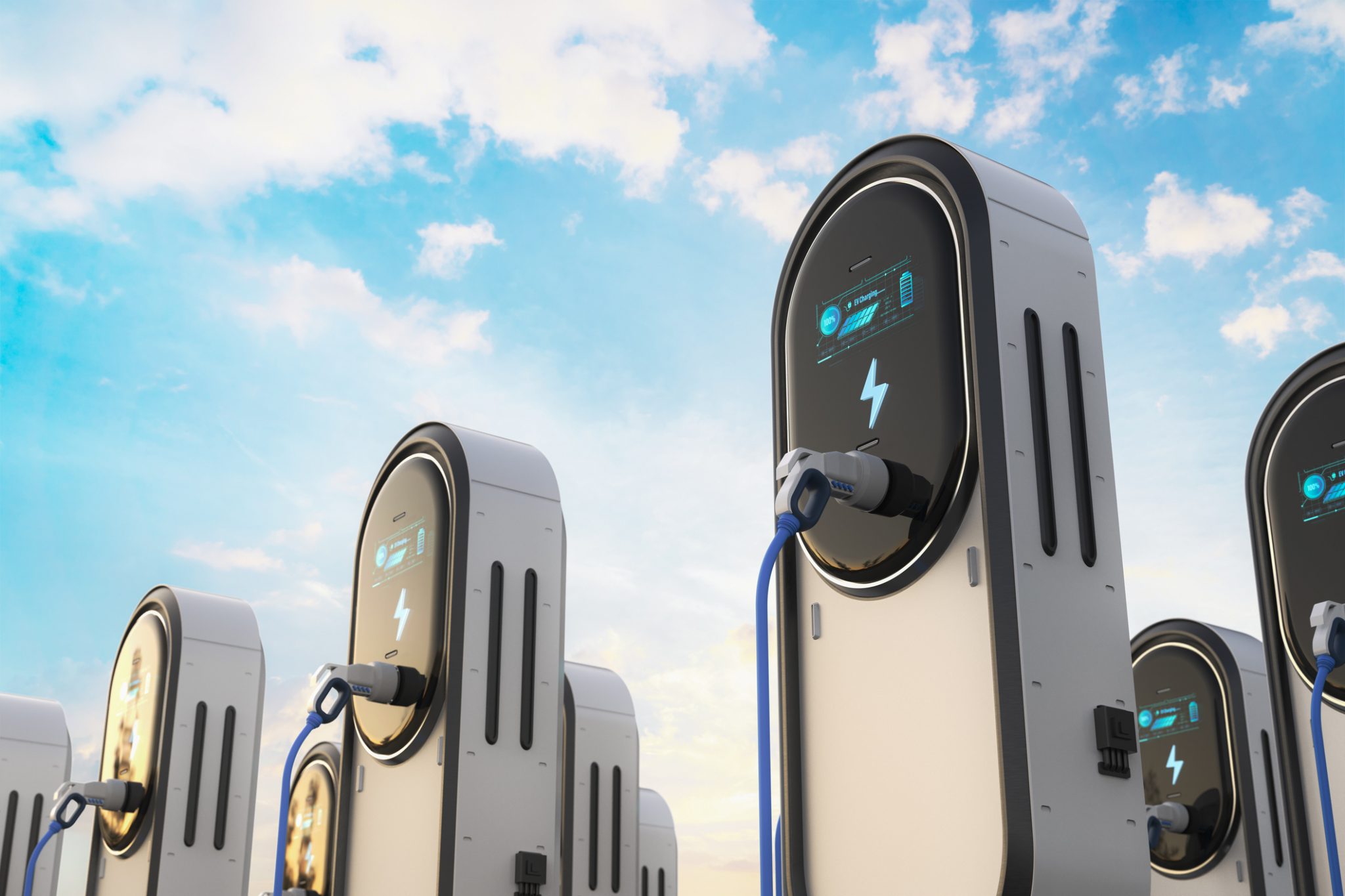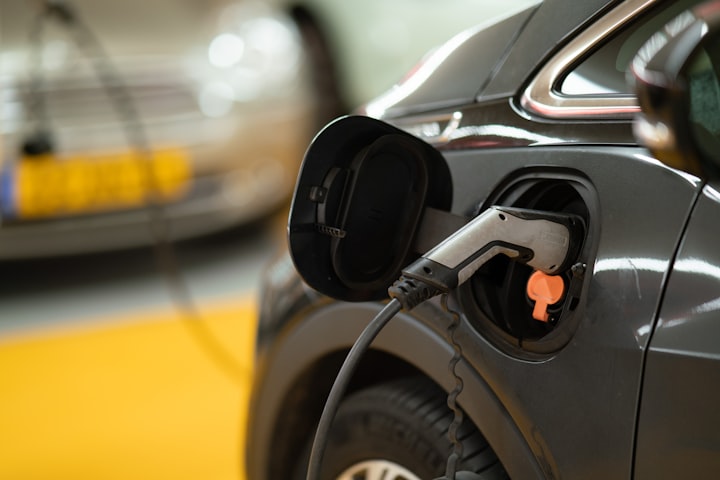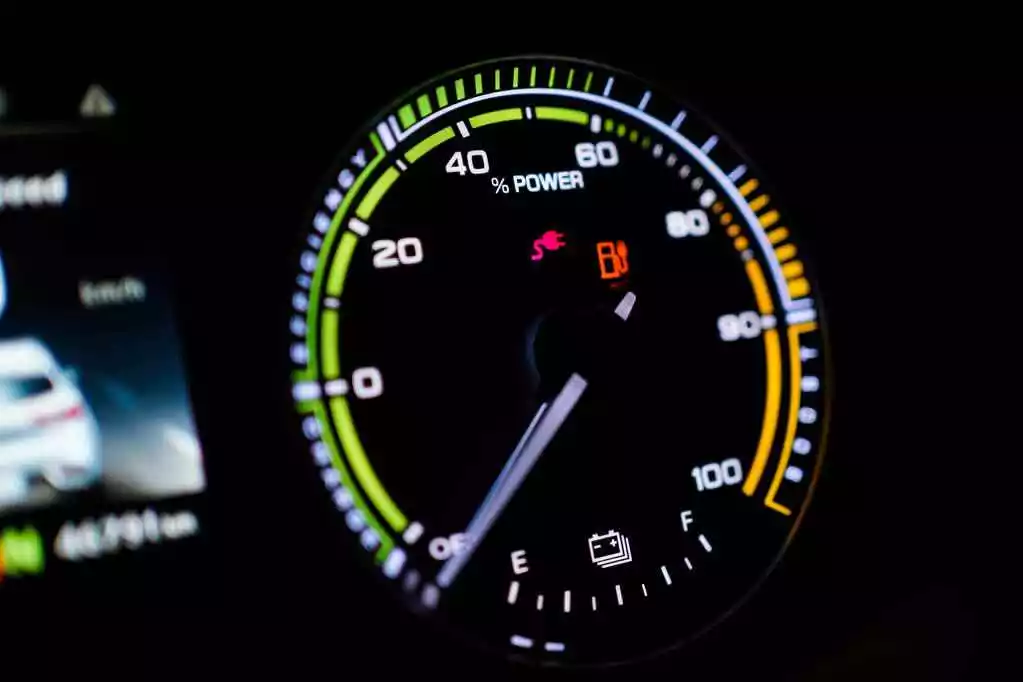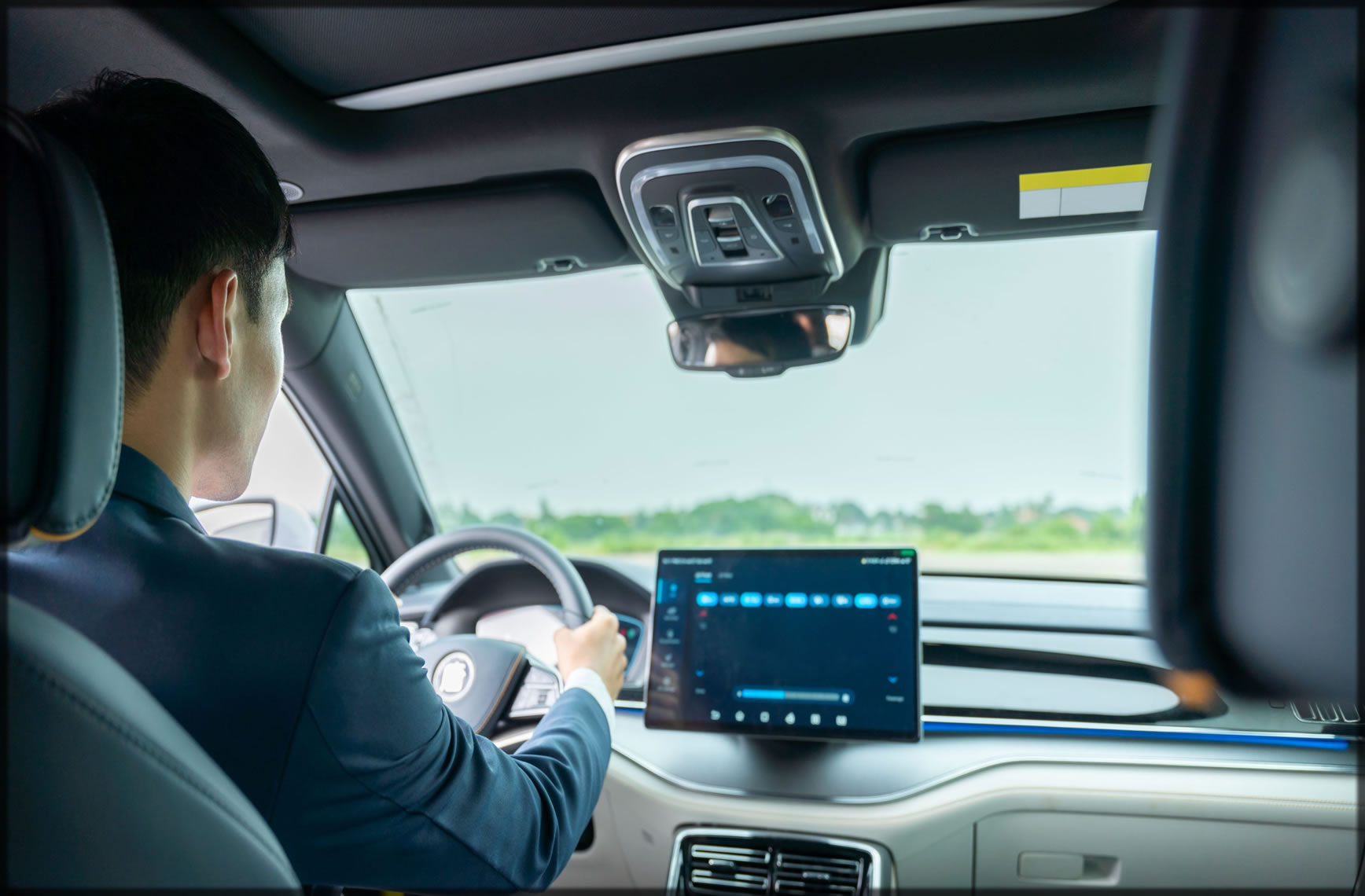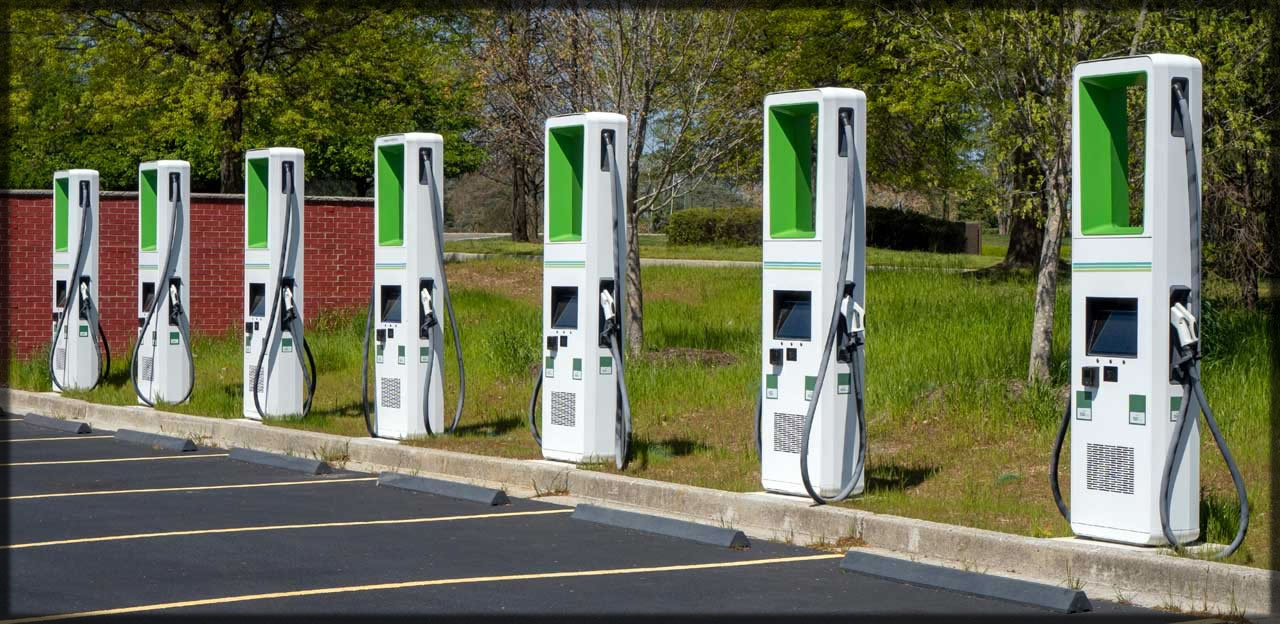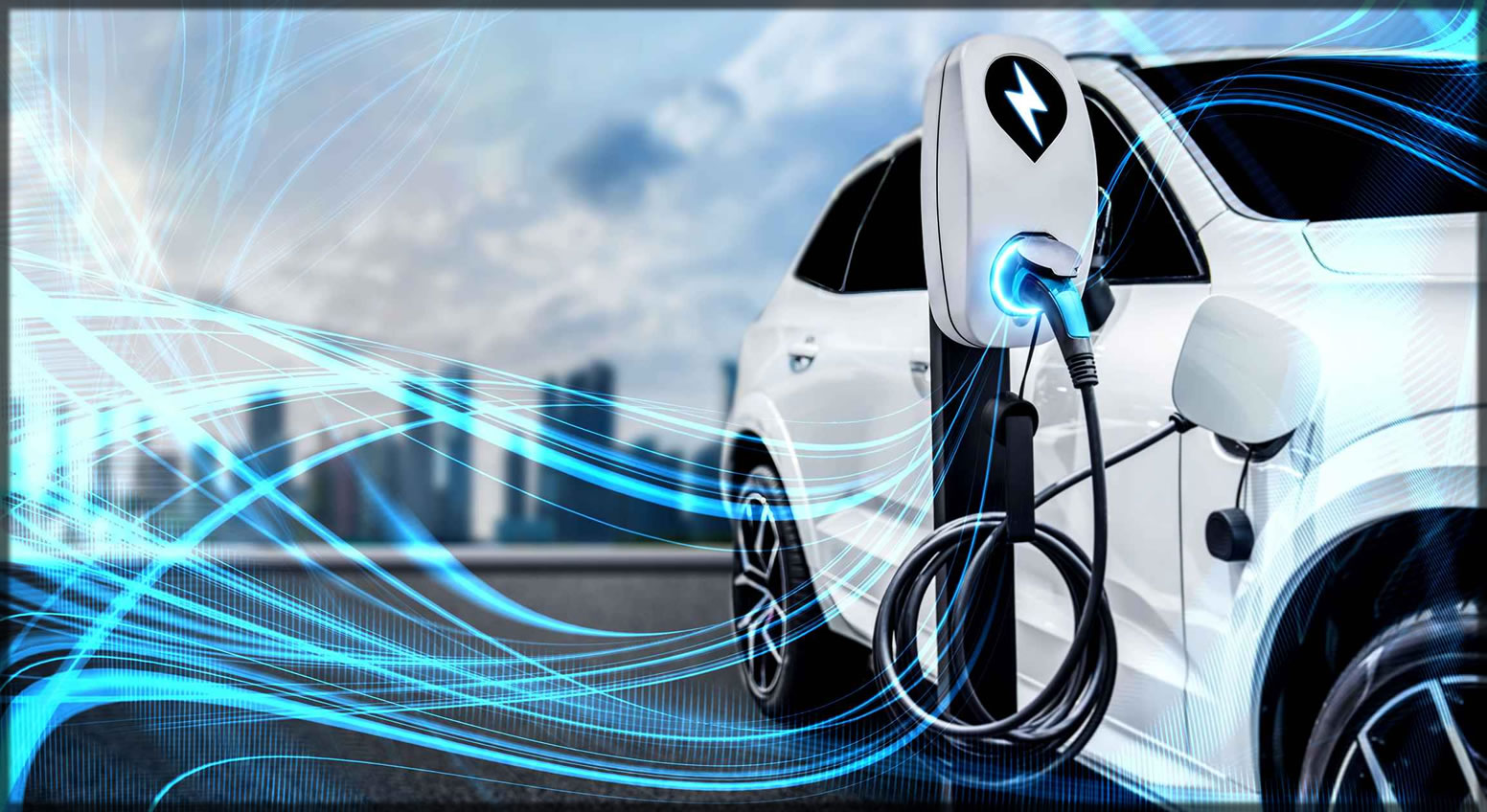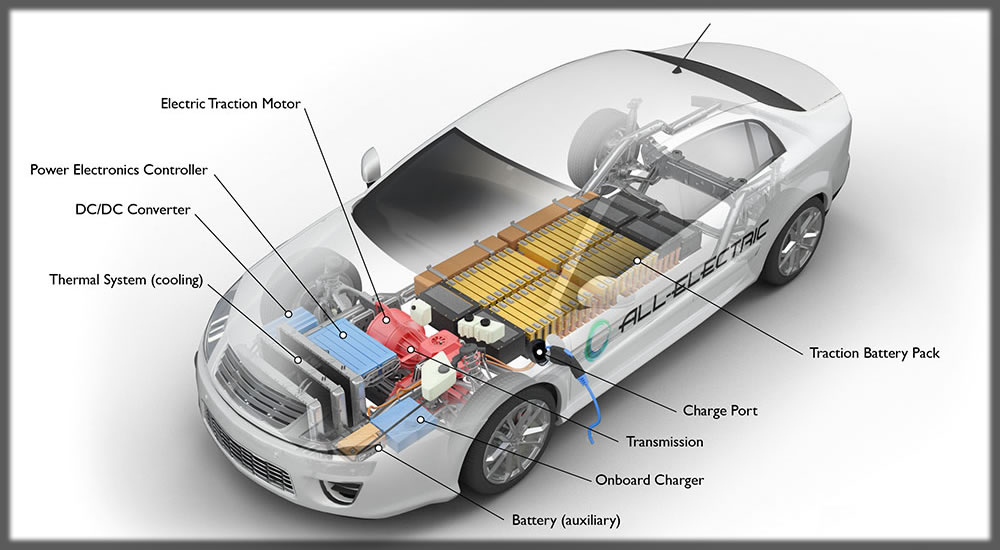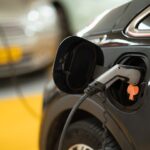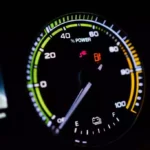The Truth About Electric Vehicle Range Anxiety. One of the most common concerns among potential electric vehicle (EV) buyers is range anxiety—the fear that an EV will run out of battery before reaching a charging station, leaving the driver stranded. This apprehension has long been a major barrier to widespread EV adoption, but how much of it is based on reality? As technology improves and charging networks expand, range anxiety is becoming less of an issue. This article explores the truth about EV range anxiety, its causes, the advancements addressing it, and how drivers can overcome this fear.
Understanding Range Anxiety
Range anxiety stems from the limitations of early electric vehicles, which had significantly lower driving ranges compared to today’s models. Many first-generation EVs could only travel around 80-100 miles on a single charge, making them impractical for long trips without careful planning.
Unlike gasoline-powered cars, which can be refueled in minutes at numerous stations, EVs require more time to recharge and depend on the availability of charging infrastructure. This led to concerns about whether there would be enough charging stations, how long charging would take, and whether an EV could reliably get someone to their destination.
While these concerns were valid in the past, the EV industry has evolved significantly, and today’s EVs offer improved battery technology, longer ranges, and extensive charging networks that reduce the likelihood of running out of power unexpectedly.
Advancements in Battery Technology and EV Range
One of the key factors addressing range anxiety is the improvement in EV battery technology. Modern EVs come equipped with larger and more efficient batteries that provide significantly longer driving ranges. Many new models can travel between 250 to 400 miles on a single charge, comparable to or even exceeding the range of gasoline-powered vehicles.
For example, vehicles like the Tesla Model S Long Range can achieve over 400 miles per charge, while the Lucid Air boasts a range of over 500 miles, making range anxiety nearly obsolete for most daily drivers. Even budget-friendly EVs, such as the Chevrolet Bolt or Hyundai Kona Electric, offer ranges of around 250-300 miles, which is more than enough for typical daily commutes and weekend trips.
Battery advancements also include solid-state battery research, which promises even greater energy density, faster charging times, and longer-lasting performance. As these technologies become commercially available, EV range will continue to increase, further diminishing concerns about running out of charge.
Expansion of Charging Infrastructure
A major reason why range anxiety is decreasing is the rapid expansion of public charging infrastructure. Governments and private companies are investing heavily in charging networks to ensure that EV drivers have convenient access to chargers, whether at home, work, or on the road.
- Fast-Charging Stations: High-speed chargers, such as Tesla Superchargers, Electrify America, and Ionity, can replenish 80% of a battery in 15-30 minutes, making long-distance travel more feasible.
- Urban Charging Networks: Cities are increasingly installing Level 2 public chargers in parking garages, shopping centers, and residential areas, allowing for convenient top-ups during errands or work hours.
- Highway Charging Corridors: Many governments are creating charging corridors along major highways to ensure that long-distance EV travel is as convenient as driving a gasoline car.
As charging infrastructure continues to expand, the likelihood of an EV driver finding themselves without a nearby charging station is decreasing significantly.
Real-World EV Driving Patterns
Most EV owners quickly realize that range anxiety is often exaggerated. Studies show that the average daily commute is around 30-40 miles, which is far below the range of nearly every modern EV. Since most people charge their EVs at home overnight, they wake up every morning with a full battery, eliminating the need for daily visits to charging stations.
For longer trips, careful trip planning can help drivers map out charging stops in advance, much like a road trip with a gasoline car. Many navigation apps, including Google Maps, Tesla’s built-in navigation, and PlugShare, now integrate real-time charging station locations and availability, making long-distance EV travel easier than ever.
Overcoming Range Anxiety: Practical Tips
For new or potential EV owners, here are some strategies to eliminate range anxiety:
- Know Your Car’s Range – Understanding the realistic range of your EV, based on driving habits, weather conditions, and terrain, can help set proper expectations. Cold weather, high speeds, and heavy loads can reduce range, so planning accordingly is essential.
- Plan Charging Stops for Long Trips – When traveling long distances, use navigation apps to locate fast chargers along your route and plan charging breaks in advance. Many modern EVs provide built-in route planners that suggest optimal charging locations.
- Charge at Home When Possible – Home charging eliminates the need for frequent public charging. Installing a Level 2 home charger allows you to recharge overnight, ensuring a full battery every morning.
- Use Regenerative Braking – Most EVs come with regenerative braking, which helps recharge the battery slightly when decelerating, extending the vehicle’s range.
- Join EV Communities – Engaging with other EV owners through online forums and local groups can provide valuable tips, real-world insights, and reassurance that EV range is more than sufficient for daily needs.
The Future: A World Without Range Anxiety
As EVs continue to evolve, range anxiety will become a thing of the past. Battery capacities will continue to increase, ultra-fast charging will become more widespread, and renewable energy sources will be further integrated into charging networks.
Automakers and governments are also working to standardize charging ports and improve battery swapping technology, which could make recharging an EV as fast as refueling a gasoline car. Additionally, AI-powered energy management systems in future EVs will optimize routes, suggest the most efficient charging locations, and provide real-time range estimates tailored to driving conditions.
With these innovations, the fear of running out of battery will soon be as outdated as concerns about running out of gasoline.
Conclusion
Range anxiety, while once a major barrier to EV adoption, is increasingly becoming a myth rather than a reality. With modern EVs offering longer ranges, rapid charging, improved battery efficiency, and an ever-growing network of charging stations, most drivers can comfortably switch to electric mobility without worrying about running out of power.
For the vast majority of daily commutes and road trips, EVs are already more than capable of meeting drivers’ needs. As technology continues to improve and infrastructure expands, EV range concerns will fade, paving the way for a cleaner and more sustainable future in transportation.
